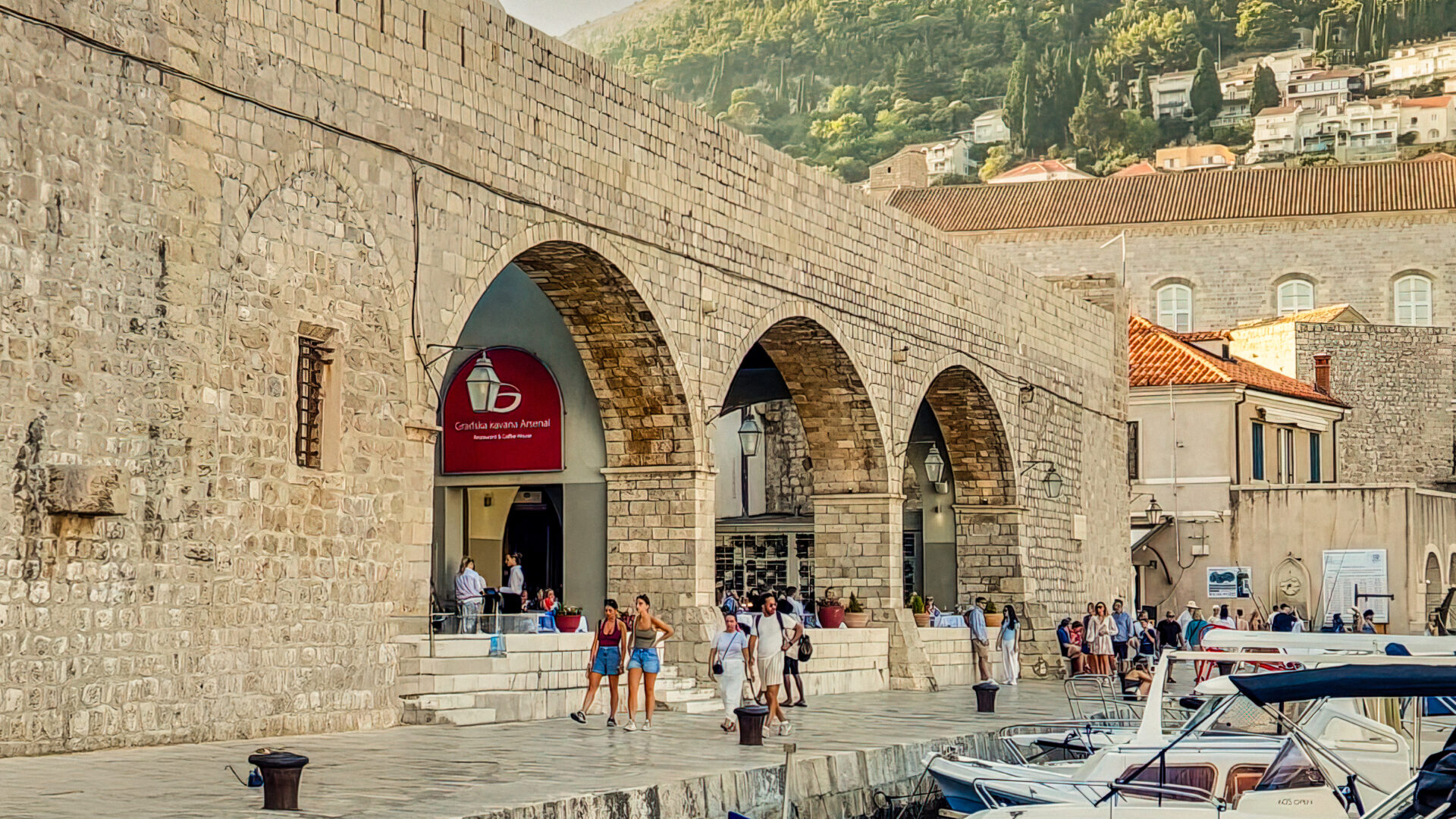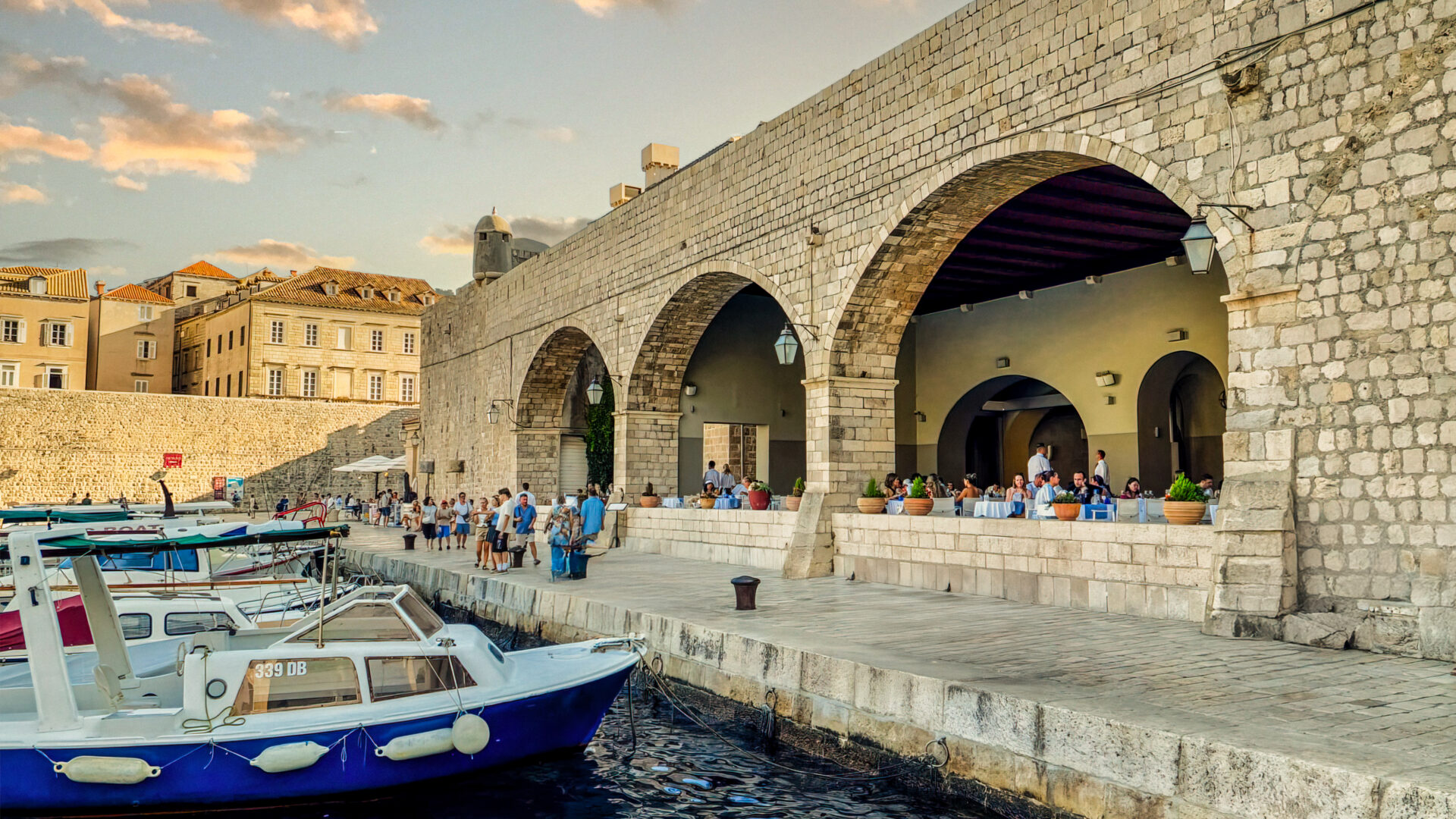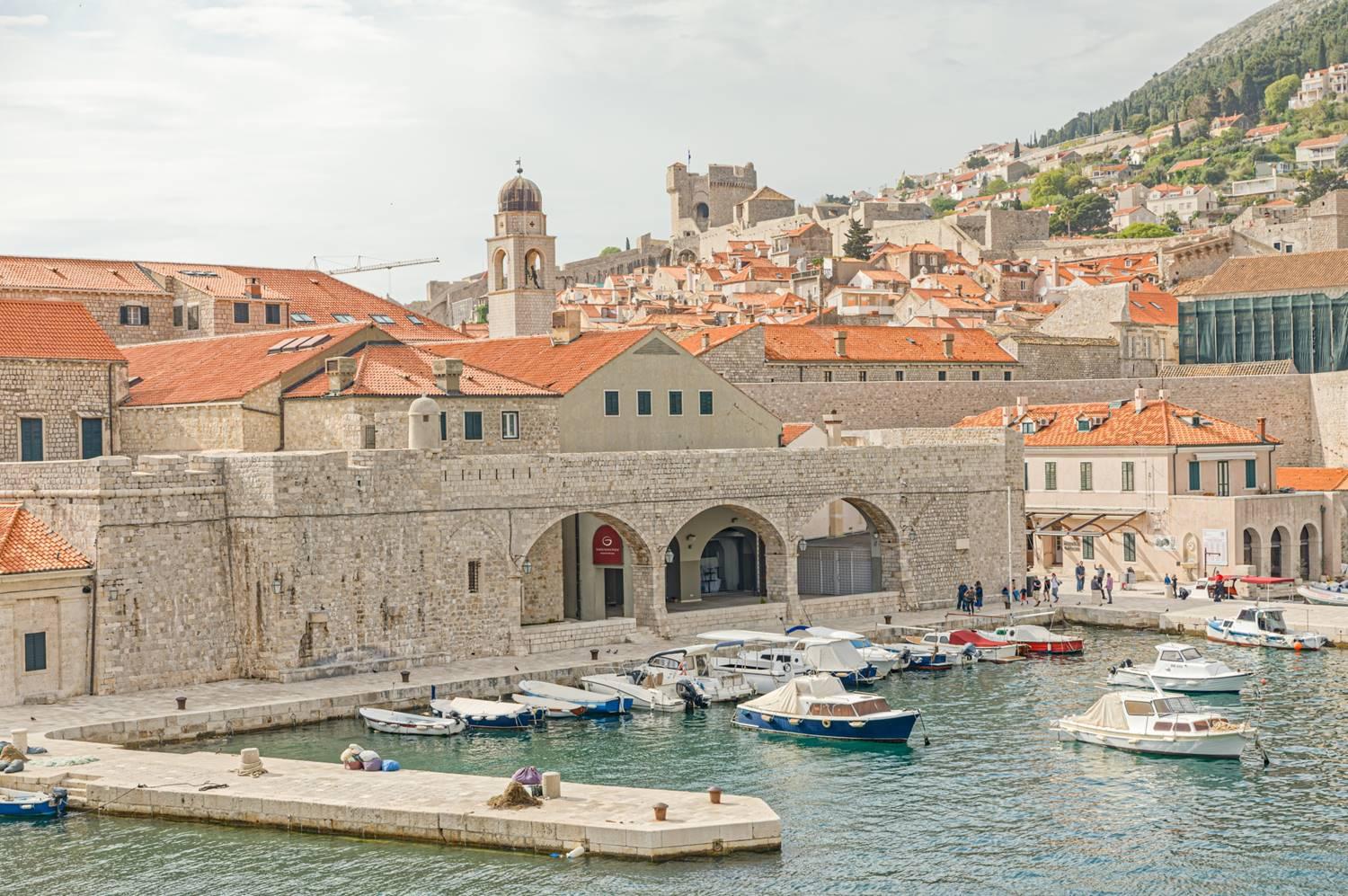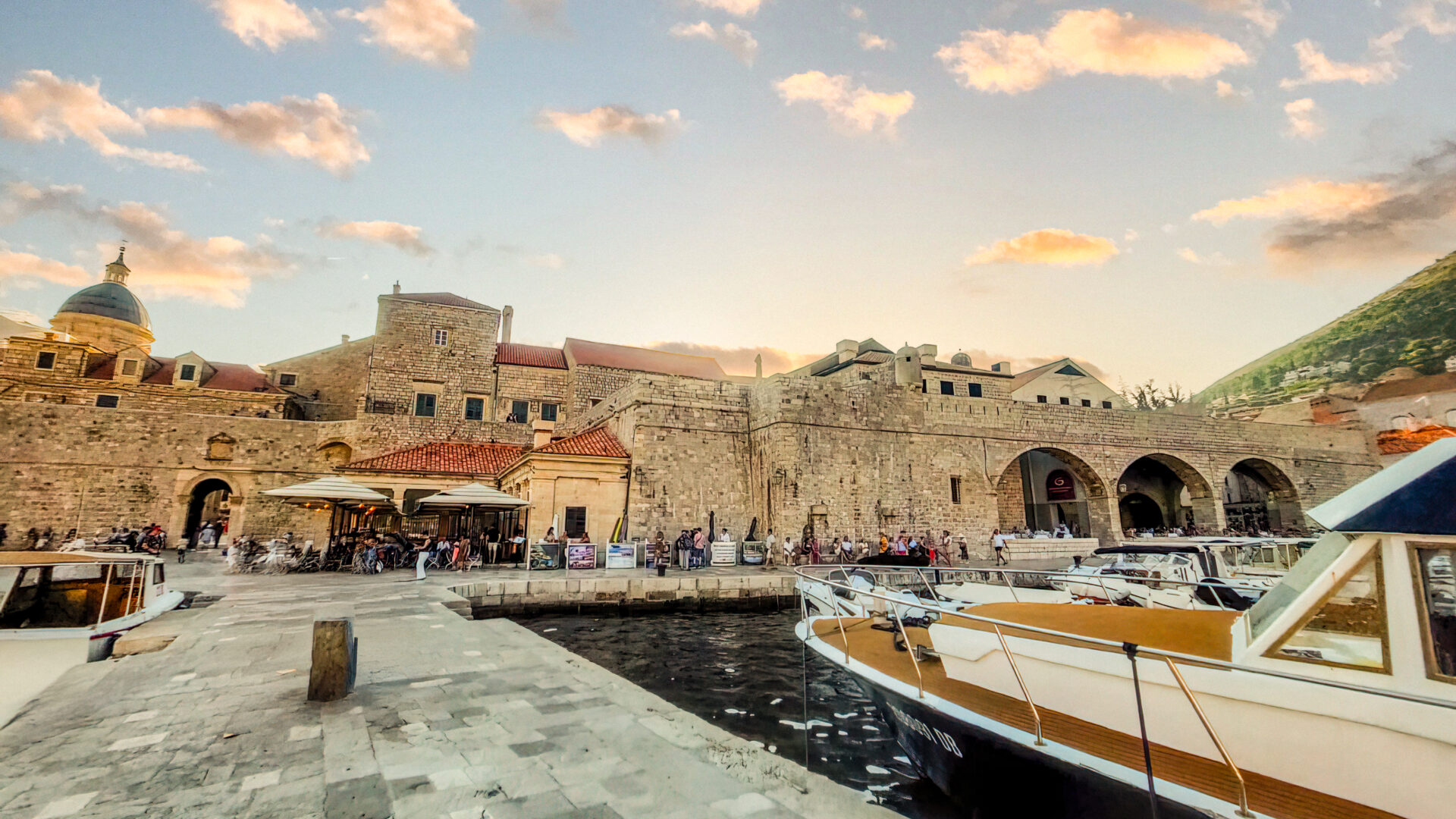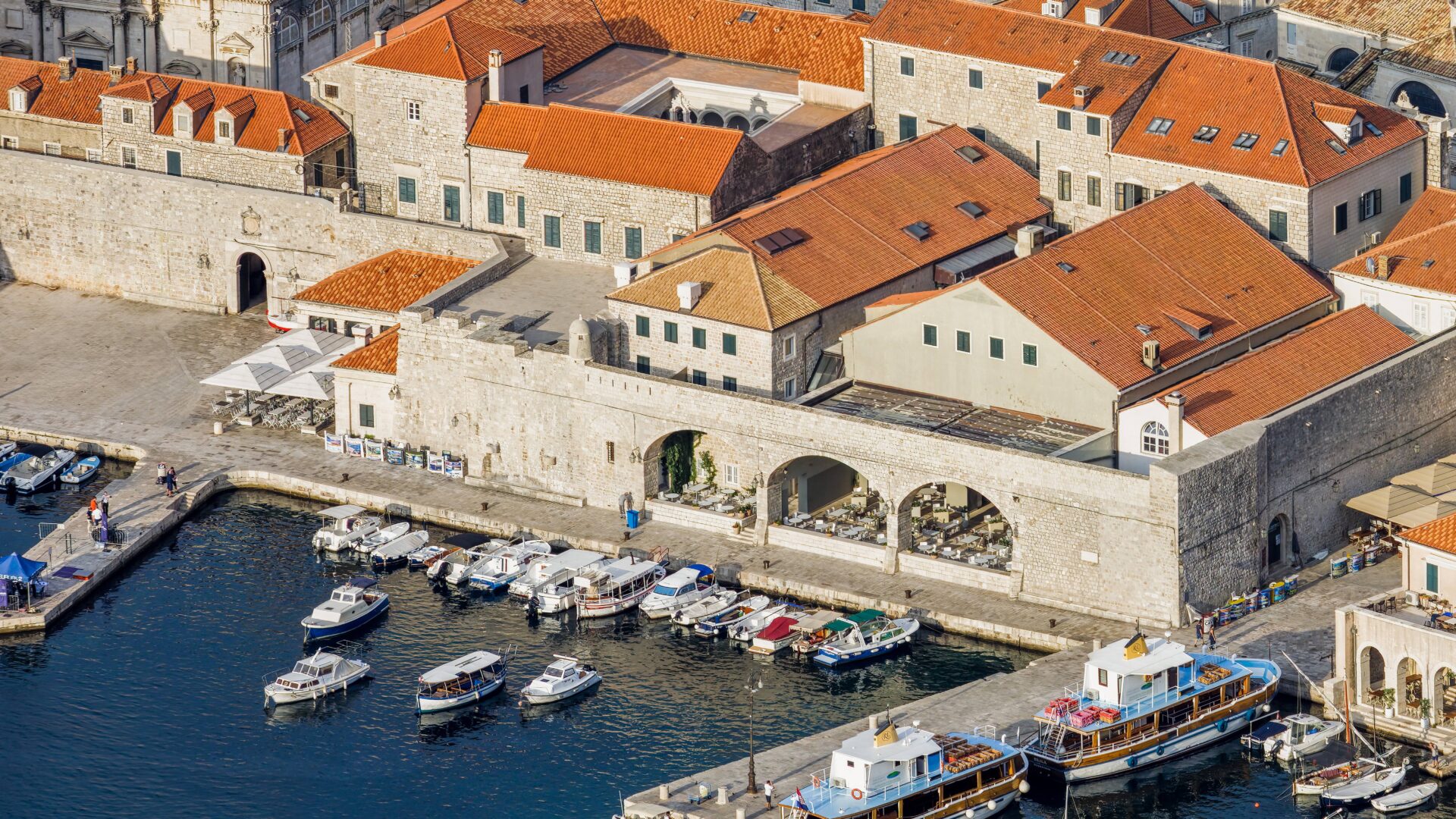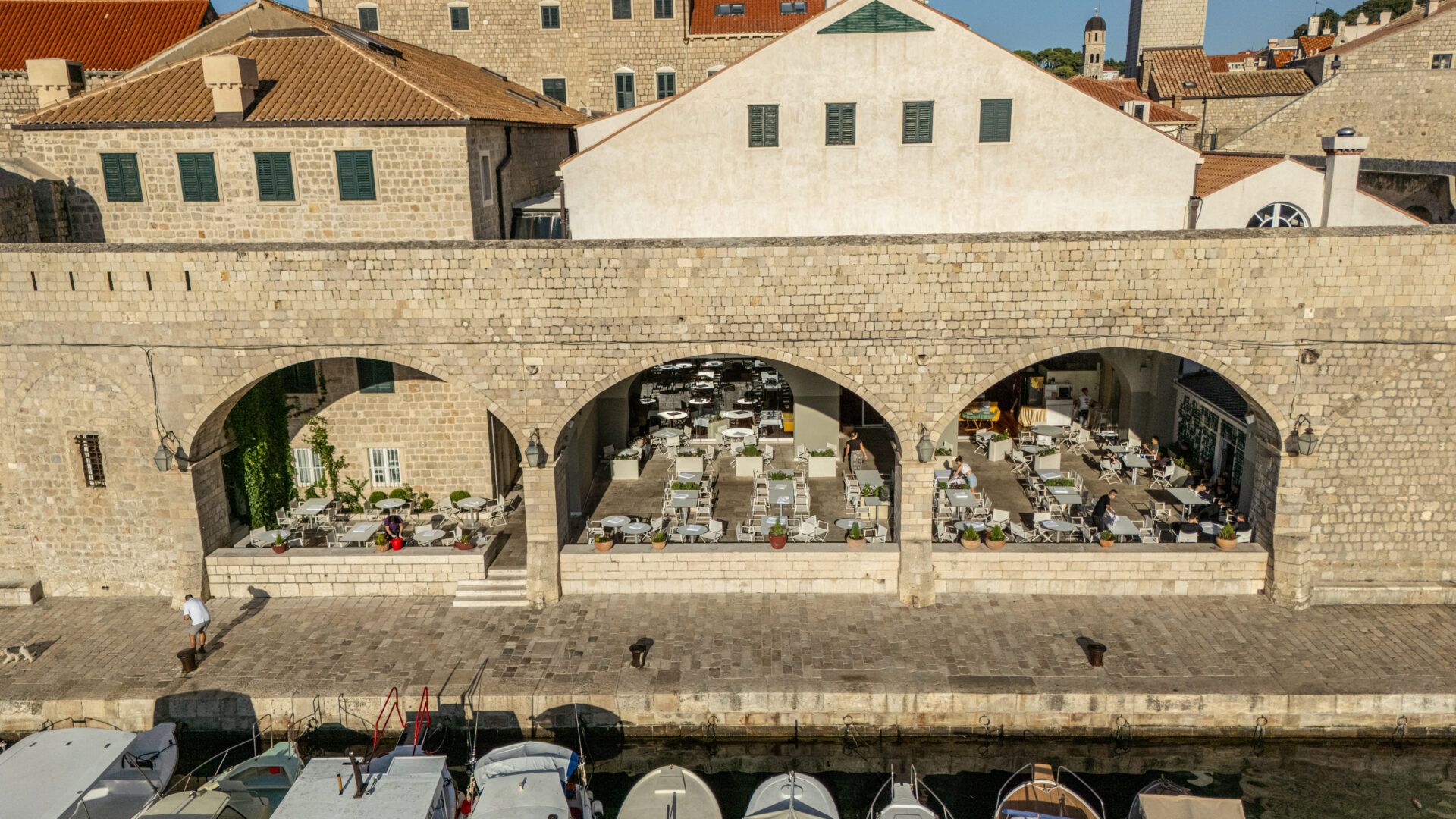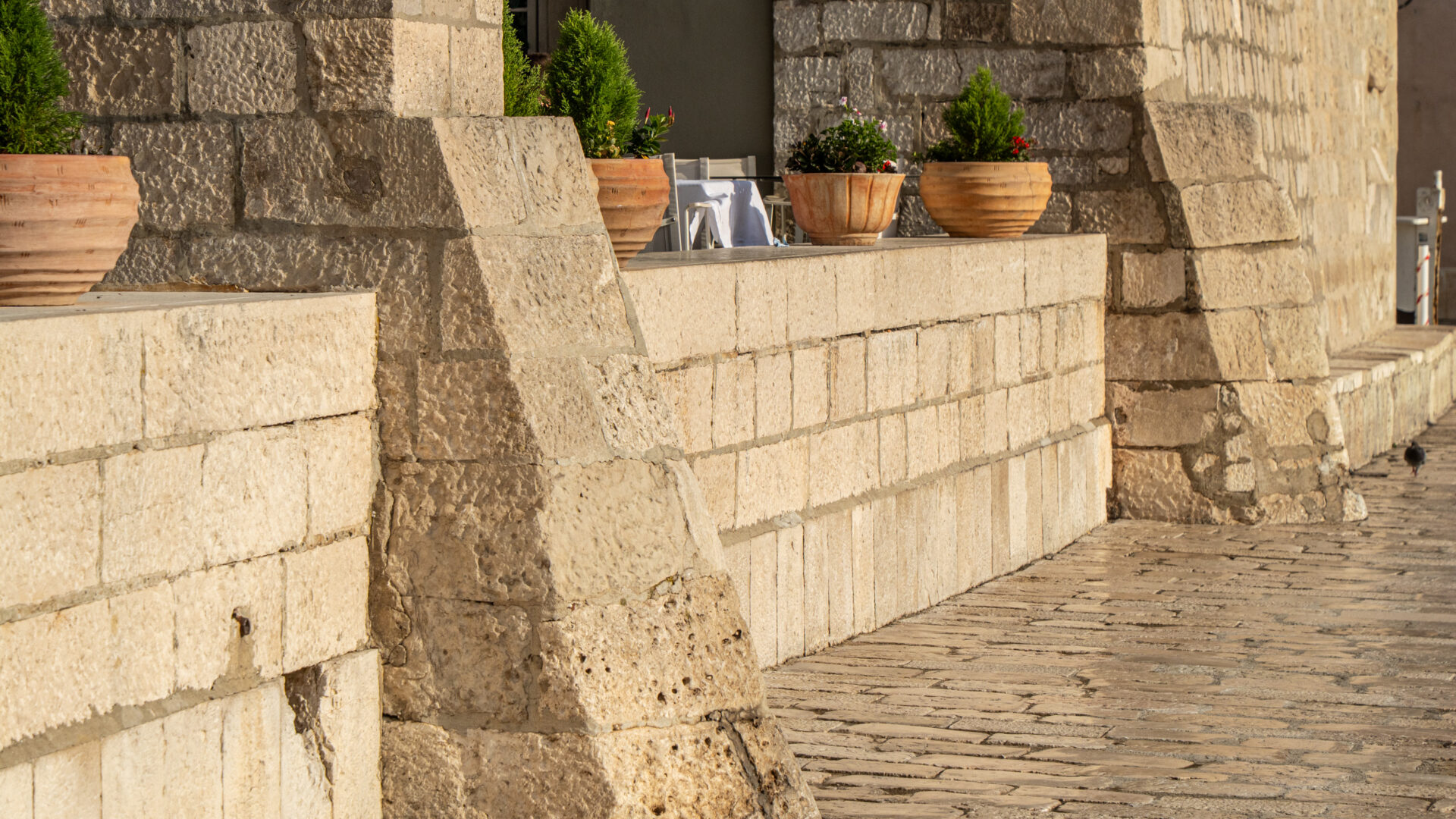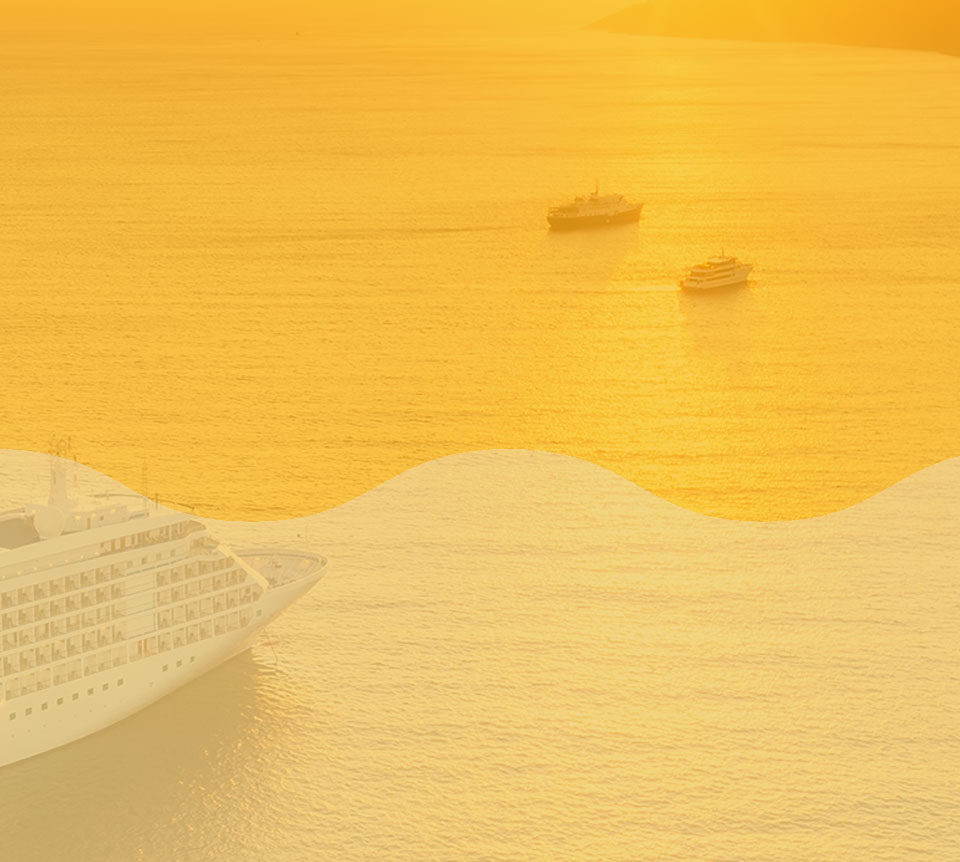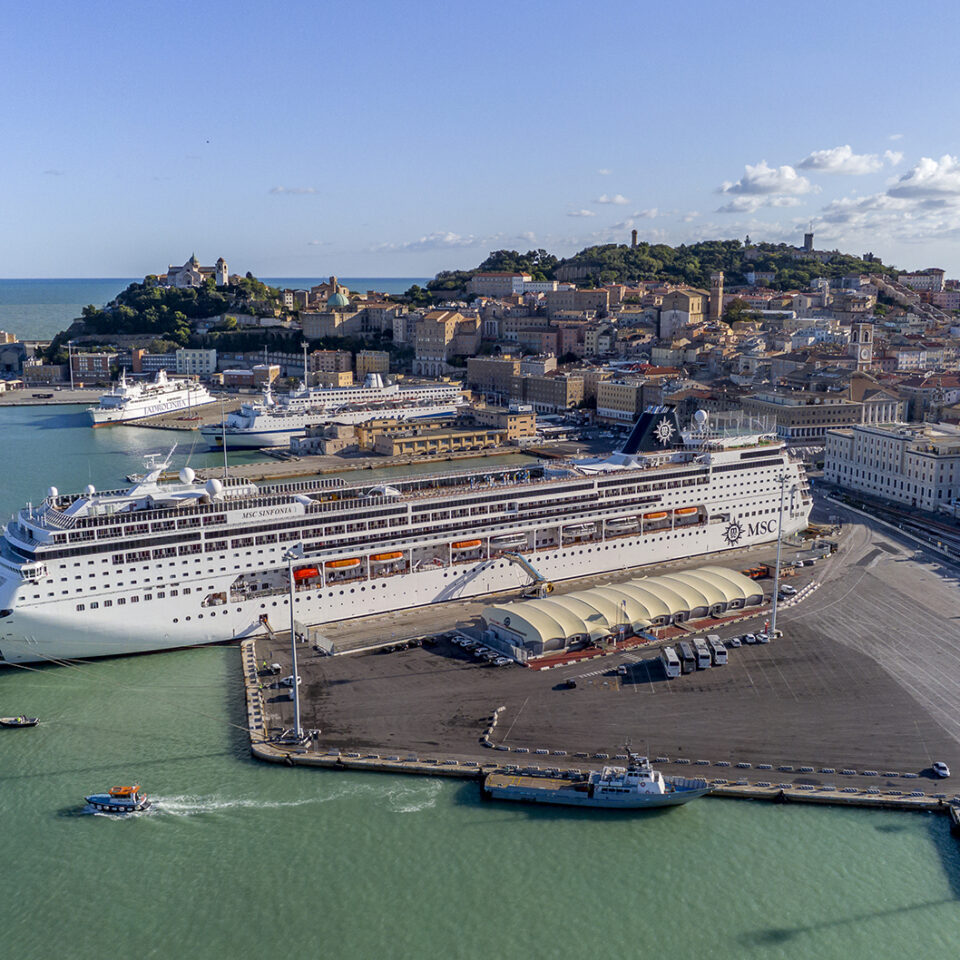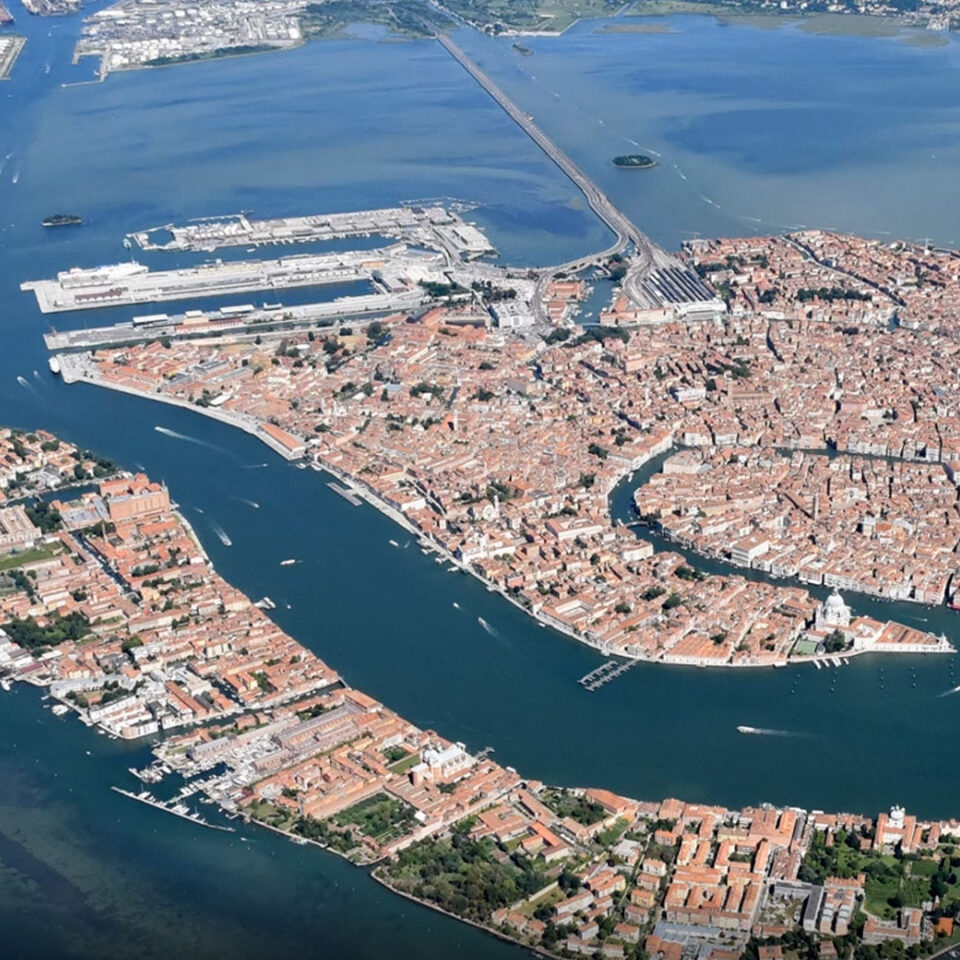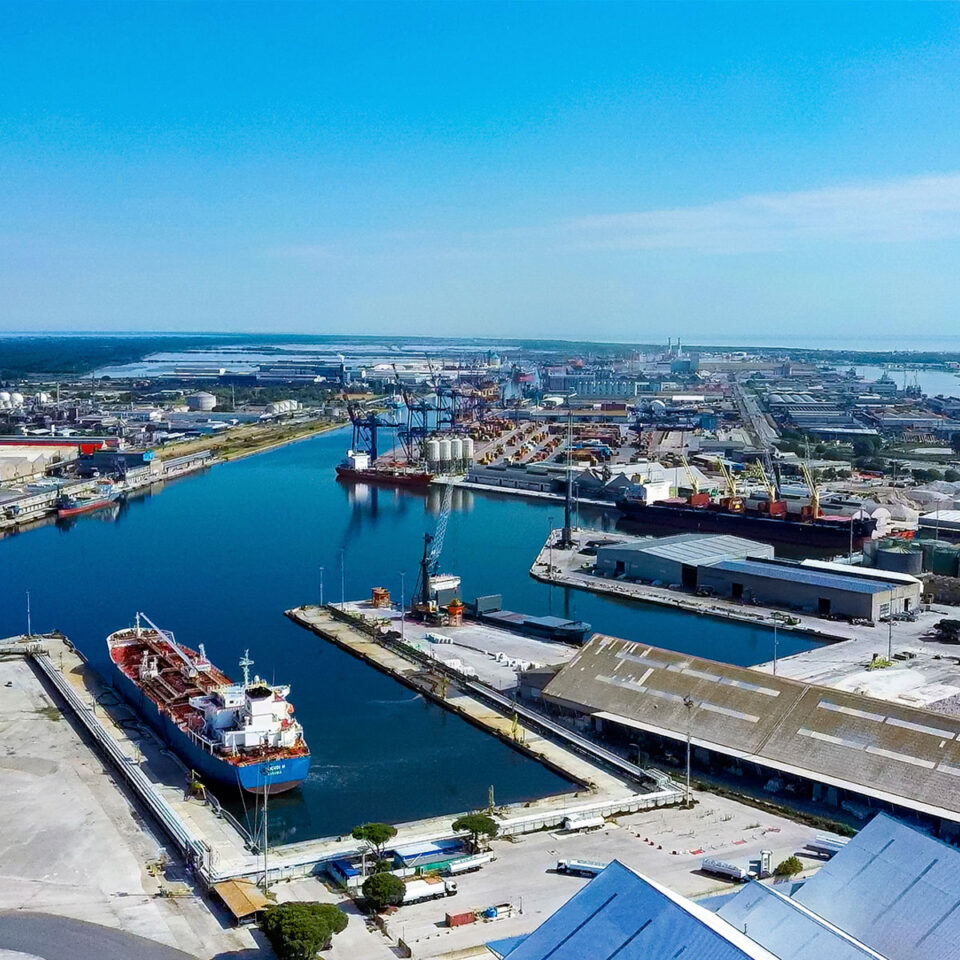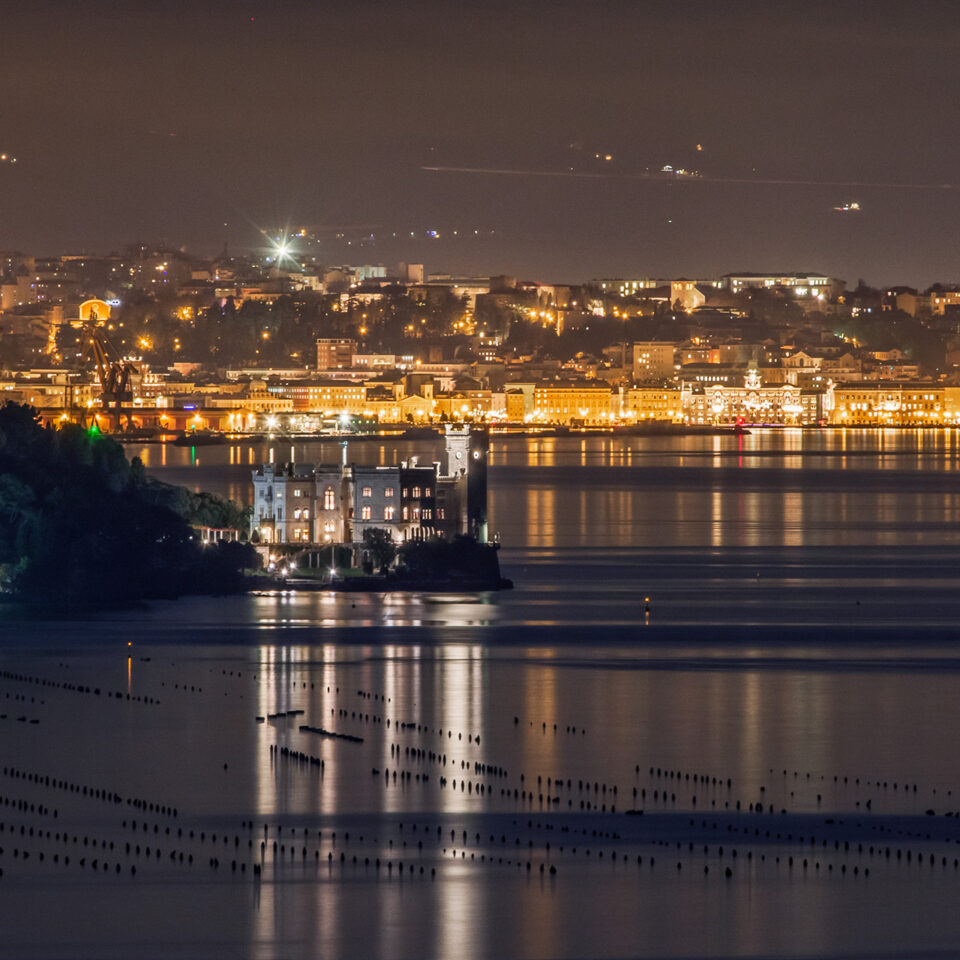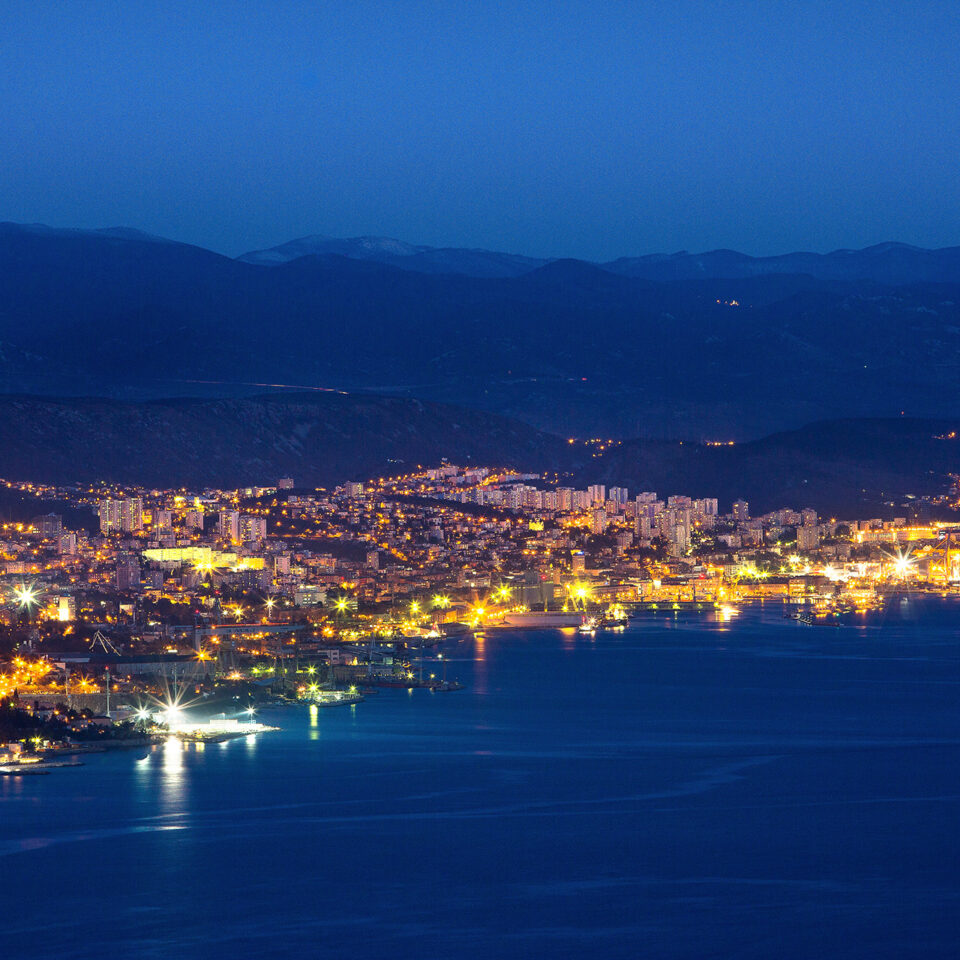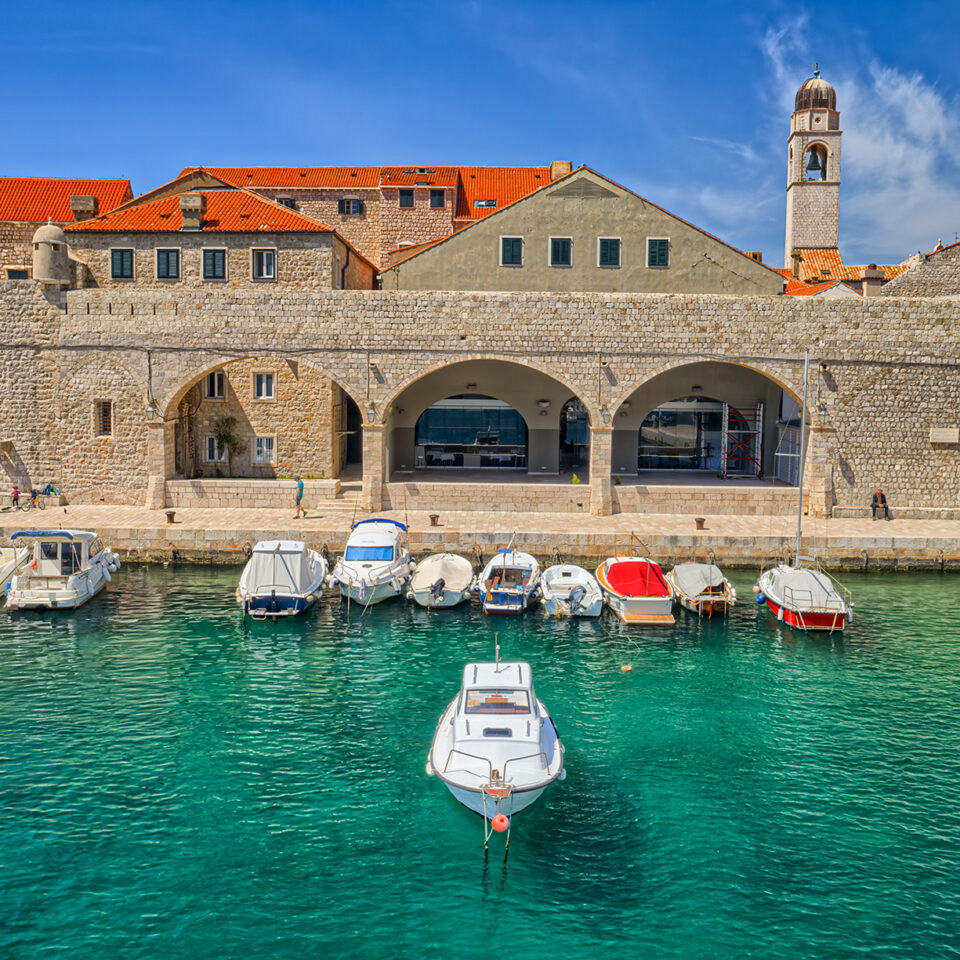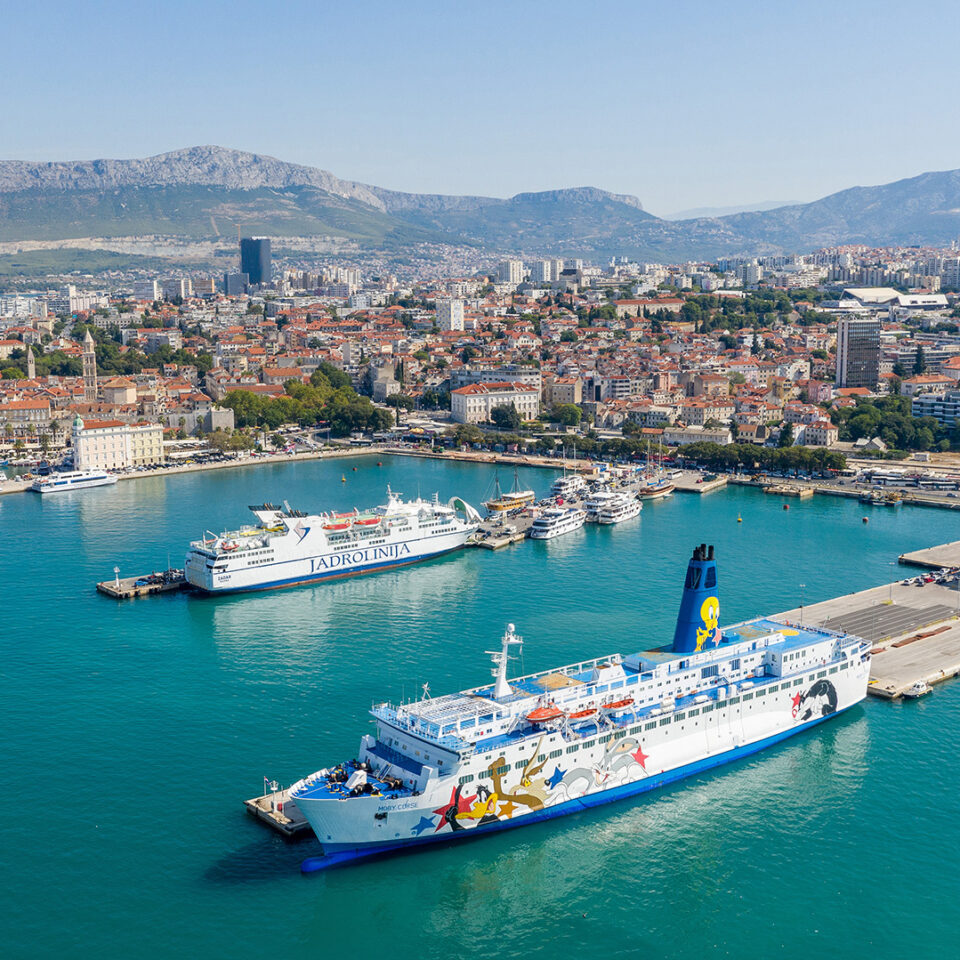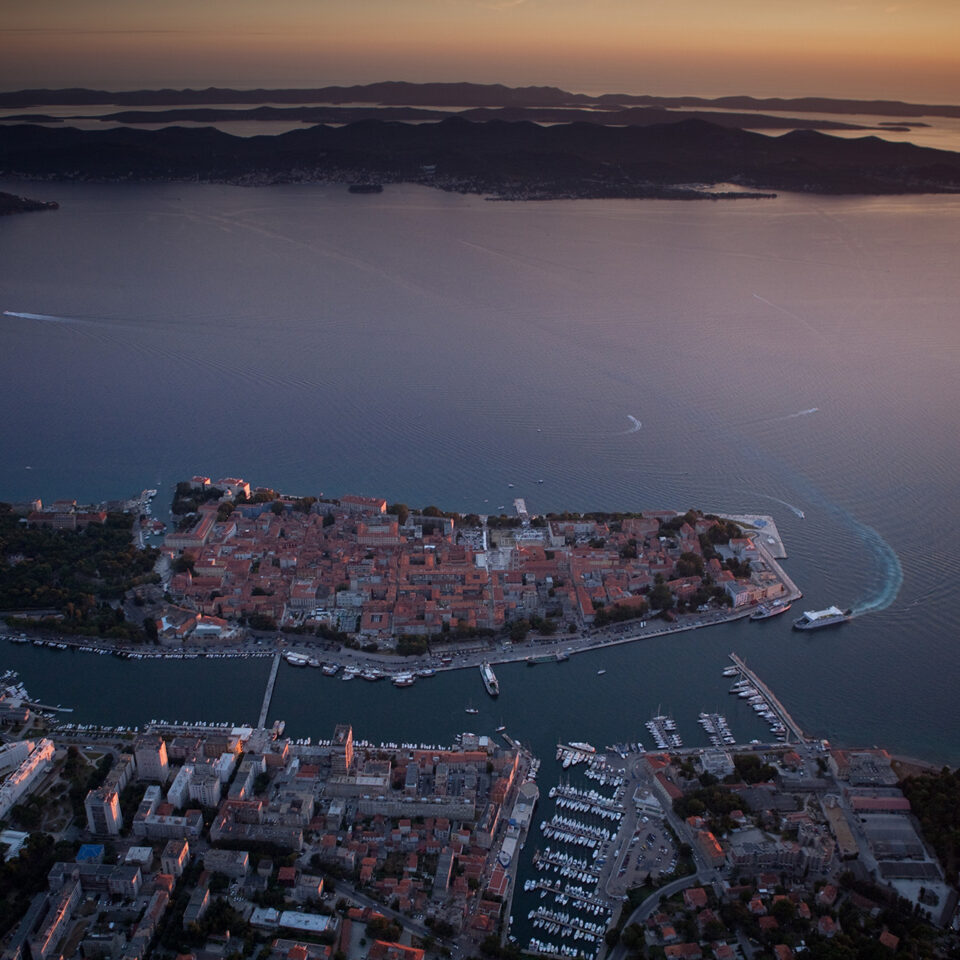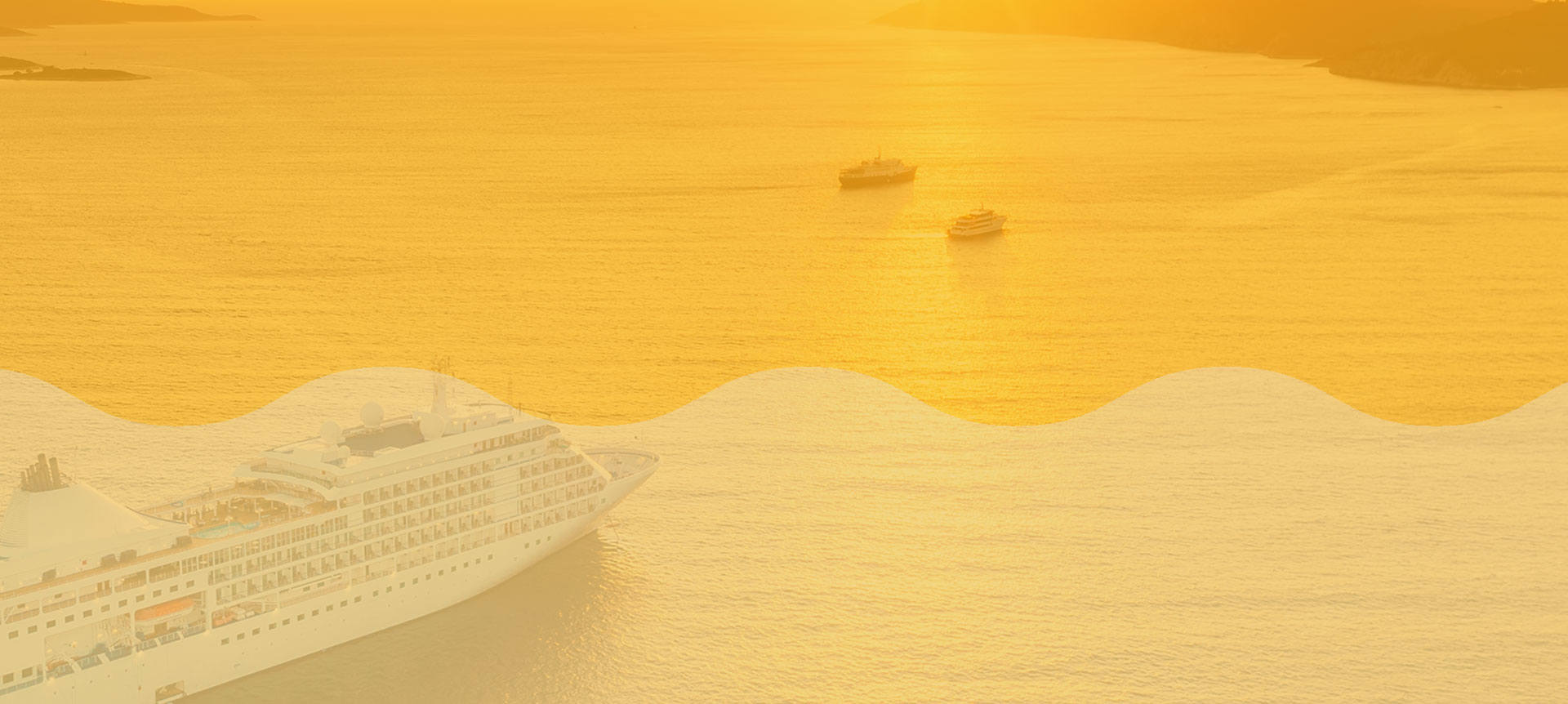

GREAT ARSENAL
The Great Arsenal (Veliki Arsenal) in the centre of the city harbour was built at the end of 12th or beginning of the 13th century, and it is mentioned in the Statute of Dubrovnik in 1272. Located in the most exposed point of the city, it had exceptional defensive importance and was fortified with towers – the Fish Market Tower (Kula Ribarnice) from the north, the Penalty Tower (Kaznena kula) on the south and the Rector’s Palace Tower (Kneževa kula) on the southwest.
It consisted of four separate sections, divided by walls running west to east, suitable to accommodate war galleons. The walls had holes used for communication and these sections were connected by columns and arches, with large arched openings facing the sea. The arsenal was covered with double-pitched roofs supported by internal arches, with stone roof gutters above for rainwater drainage. Entry to the arsenal was through double doors on the west wall. On its southern part, the arsenal bordered the Fontik – the main grain storage of medieval Dubrovnik, and to the north, it bordered the city’s defensive walls. In 1345, a decision was made to fortify and enclose the arsenal, and in 1386, large arched openings were built through which galleons could be lowered and pulled out. Initially, these were closed with wooden beams, and from year 1466 – they’ve been sealed with a thin wall. When a galleon would enter the space, the openings would be walled up, and then demolished again when it was launched.
Sealing the arches provided greater security for the galleons and the protection for the city itself, while also providing favourable conditions for maintaining adequate percentage of humidity in the space, vital for wood preservation and to prevent it from decaying. Over time, due to the instability of the ground they had been built on and with the change of war-ship building technology, the arches of the arsenal were expanded and adapted several times. In 1489, the old western wall of the arsenal had been teared down and another one was built in a newer, more modern style, incorporating the façade of the City Hall. In 1525, due to changes in warship construction, the arsenal was extended towards the sea, connecting with the wall and arches the eastern facades of its flanking towers.
In 14th century, the sections of the Great Arsenal were about 41 meters long and 10,25 meters wide, while in the 16th century the total length of the two middle sections was around 52 meters, and the two outer ones being around 52 meters. The dimensions of the arsenal were sufficient to accommodate largest galleons of that time. The surface of the Great Arsenal was 1697 m² and after extension in the first half of the 16th century it reached its current size of 1910 m².
At the beginning of the 15th century, public facilities have been accommodated in the western part of the Arsenal: the first section was a customs house, on the upper floor was the admiral’s residence, while part of the space of the 2nd and 3rd sections was occupied by the City Hall. After the great earthquake in 1667, which caused the greatest damage to the roof structure, the Arsenal slowly lost its function and gradually became a storage space for construction materials. Since 1682, two central sections have been adjusted and became site of a municipal theatre – the “Orsan” theatre, which operated until 1806.
In the 19th century, during Austrian rule, the interior of the arsenal was remodelled and partially demolished. On the site of the former theatre an Austrian military bakery was opened, while a part of City Hall was converted to a theatre. After the fire in 1816, which had destroyed the City Hall, a new theatre building was built at the place of the former fourth section of the Great Arsenal and the old Fontik. In 1869. the area in front of the Great Arsenal was filled in and a quay built. In 1931, during the adaptation of the space of the Austrian military bakery into the City Café, three sealed arches of the former arsenal were opened, during which the wall above the arched openings collapsed, and the arches were rebuilt. Nowadays, the space of former Great Arsenal is occupied by the buildings of the City Café, the Marin Drzic theatre (Marin Držić teatar) and the Luža, while the only remaining part of this once important structure being the three open arches.

